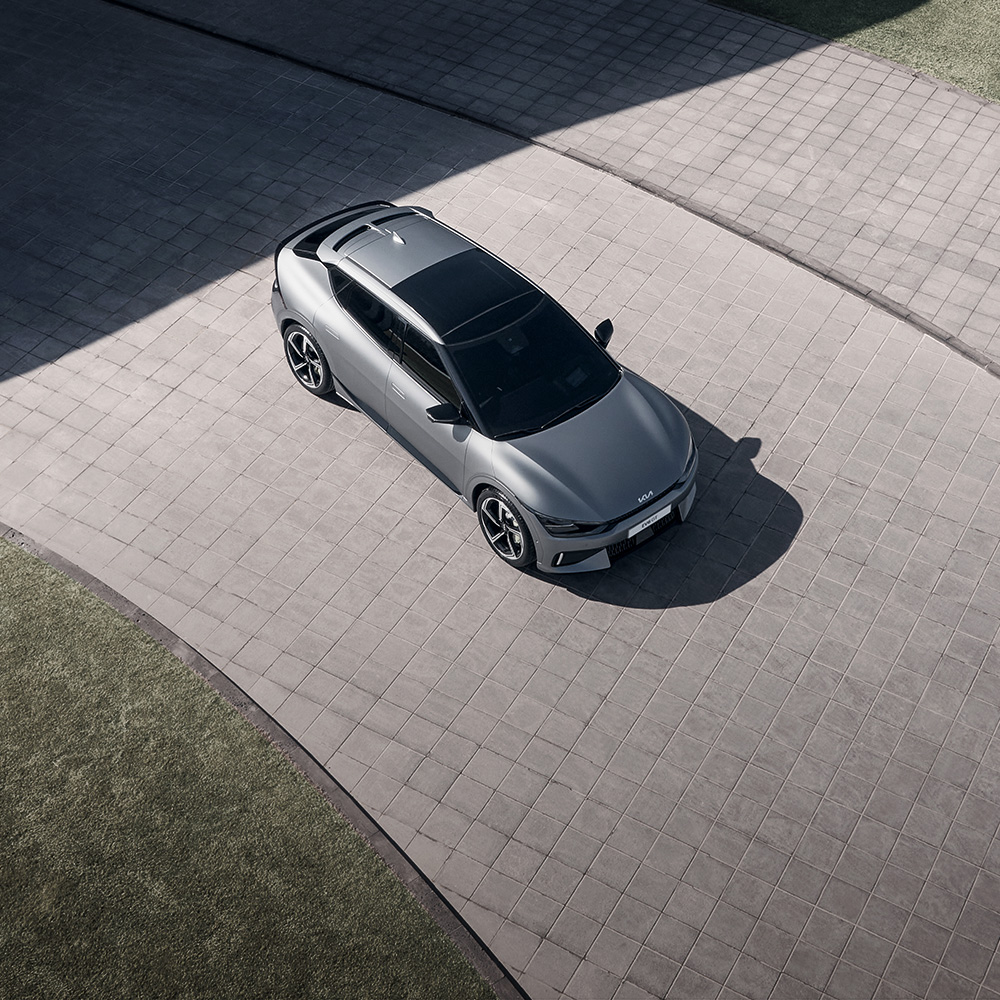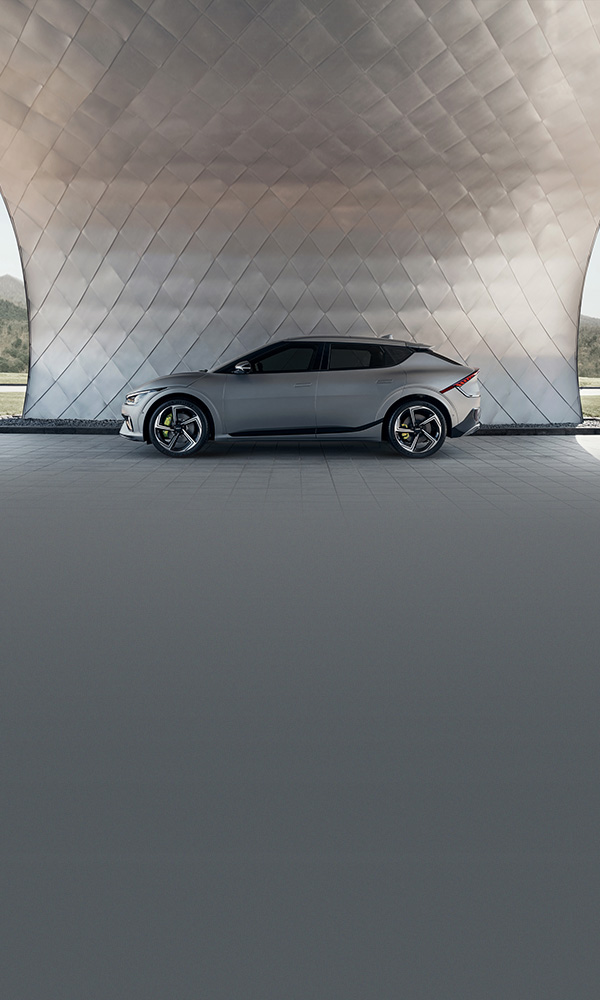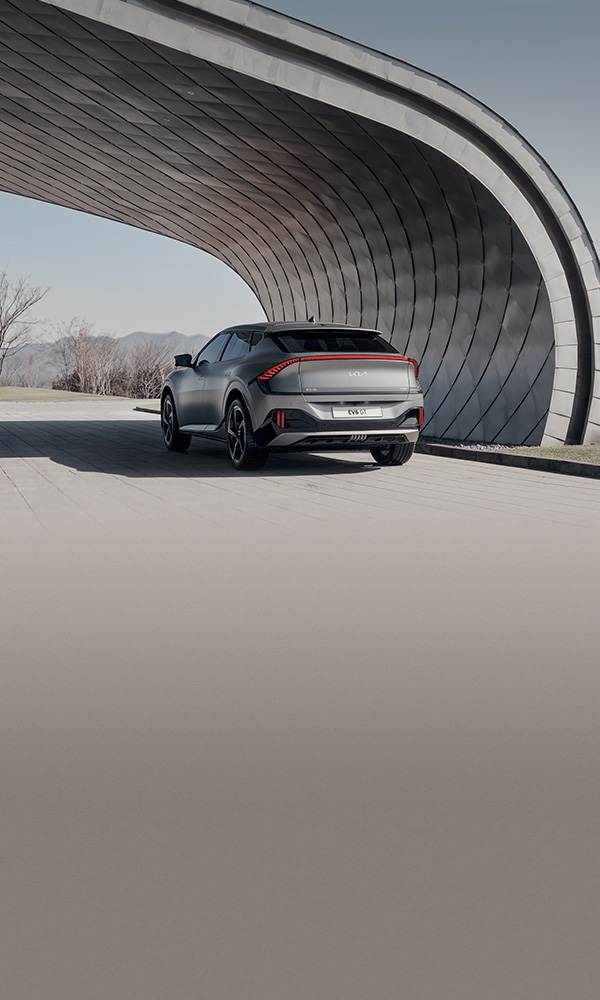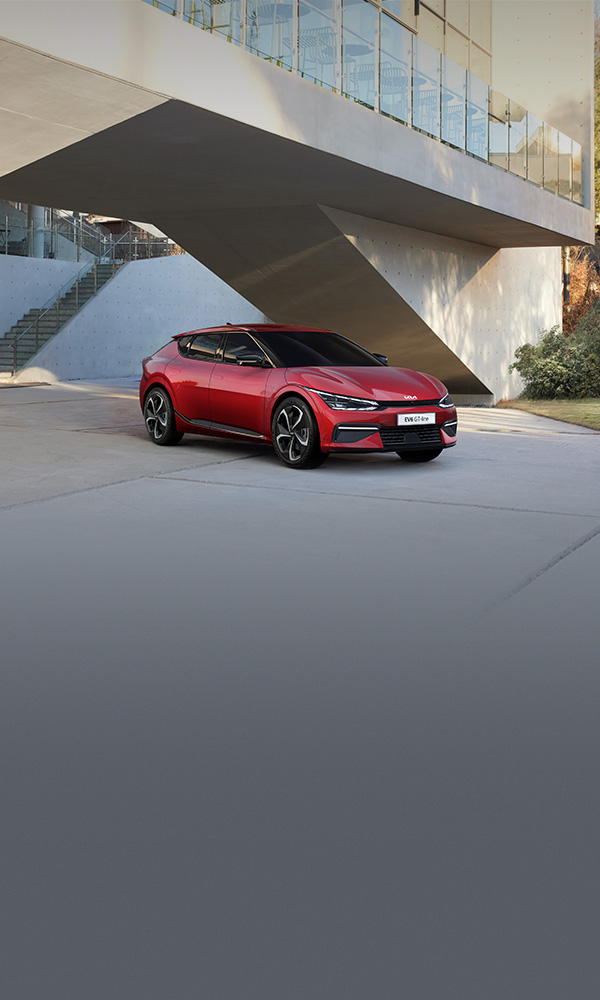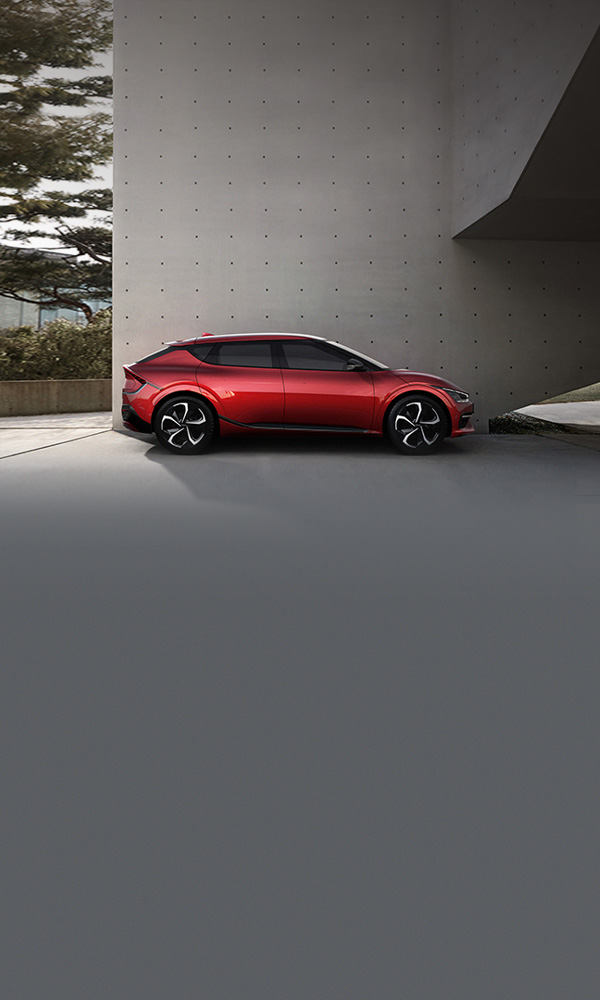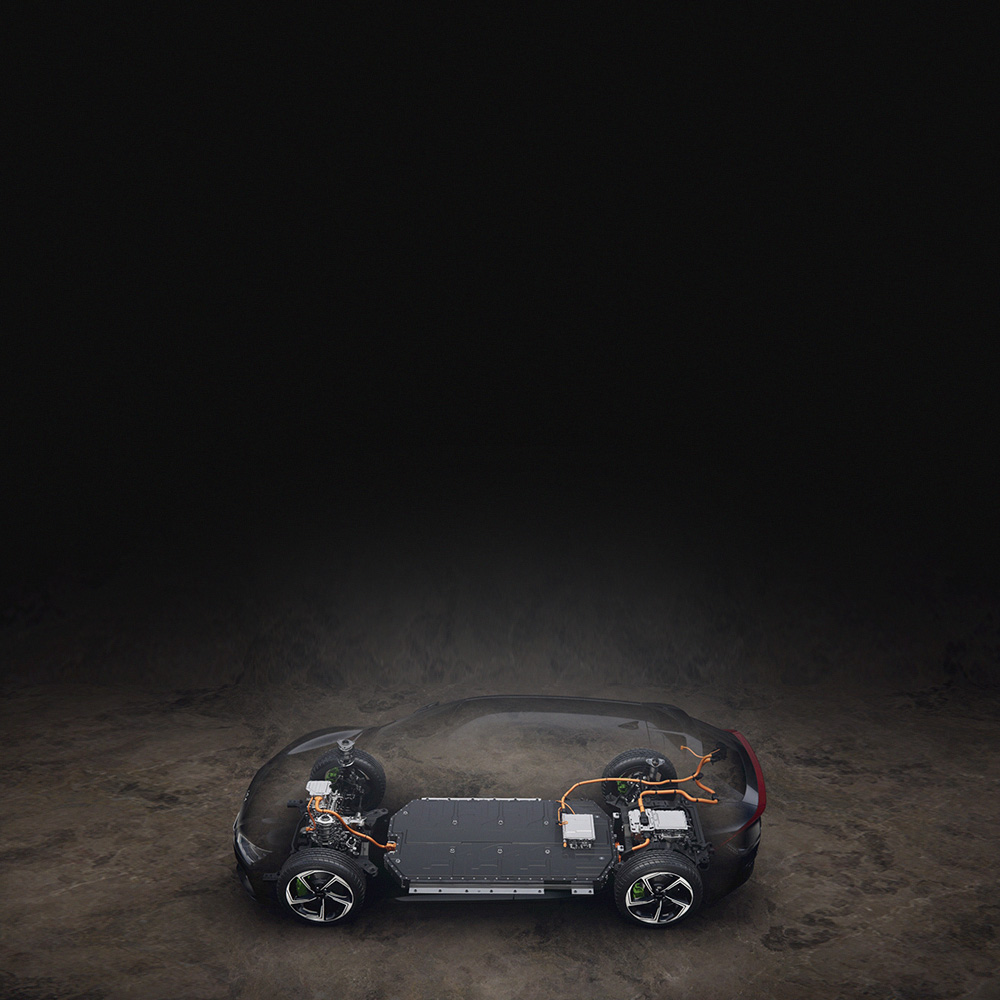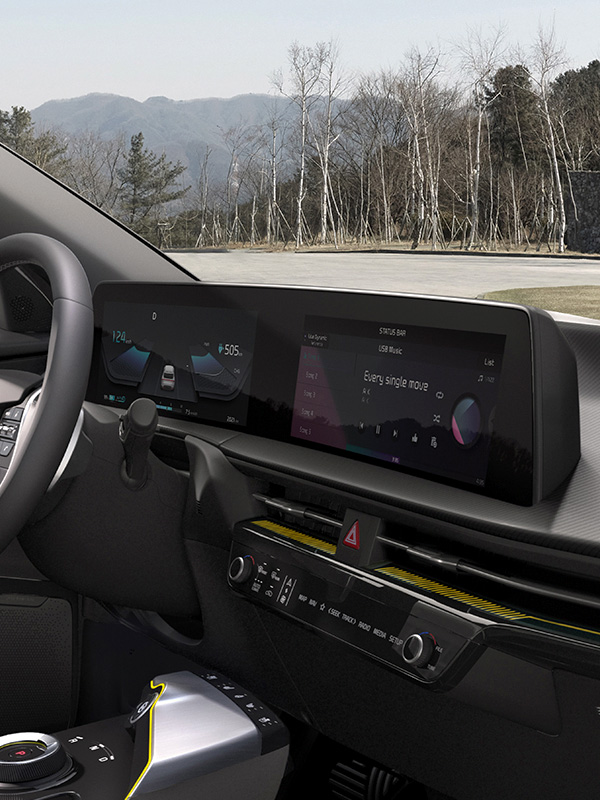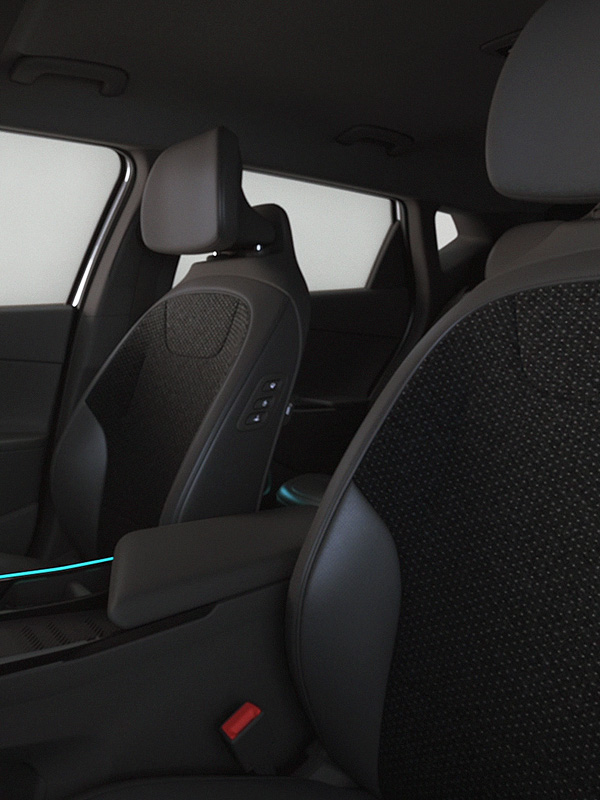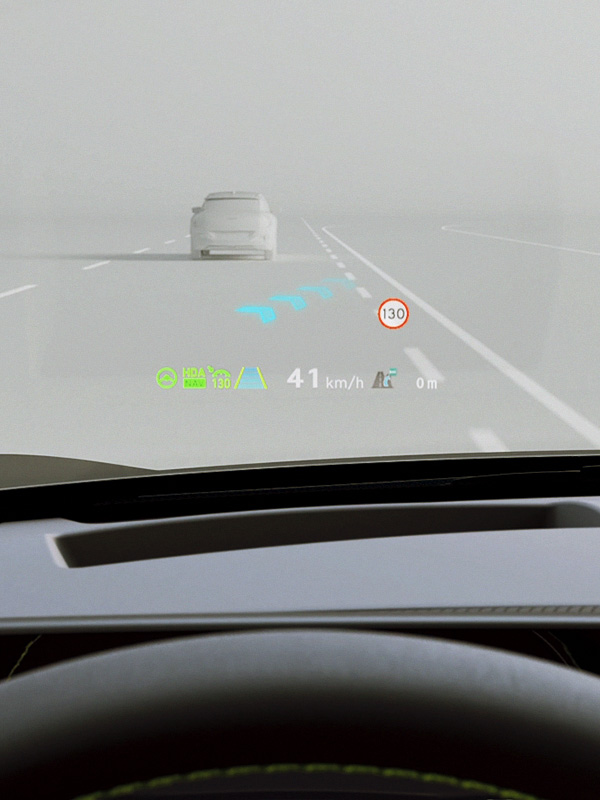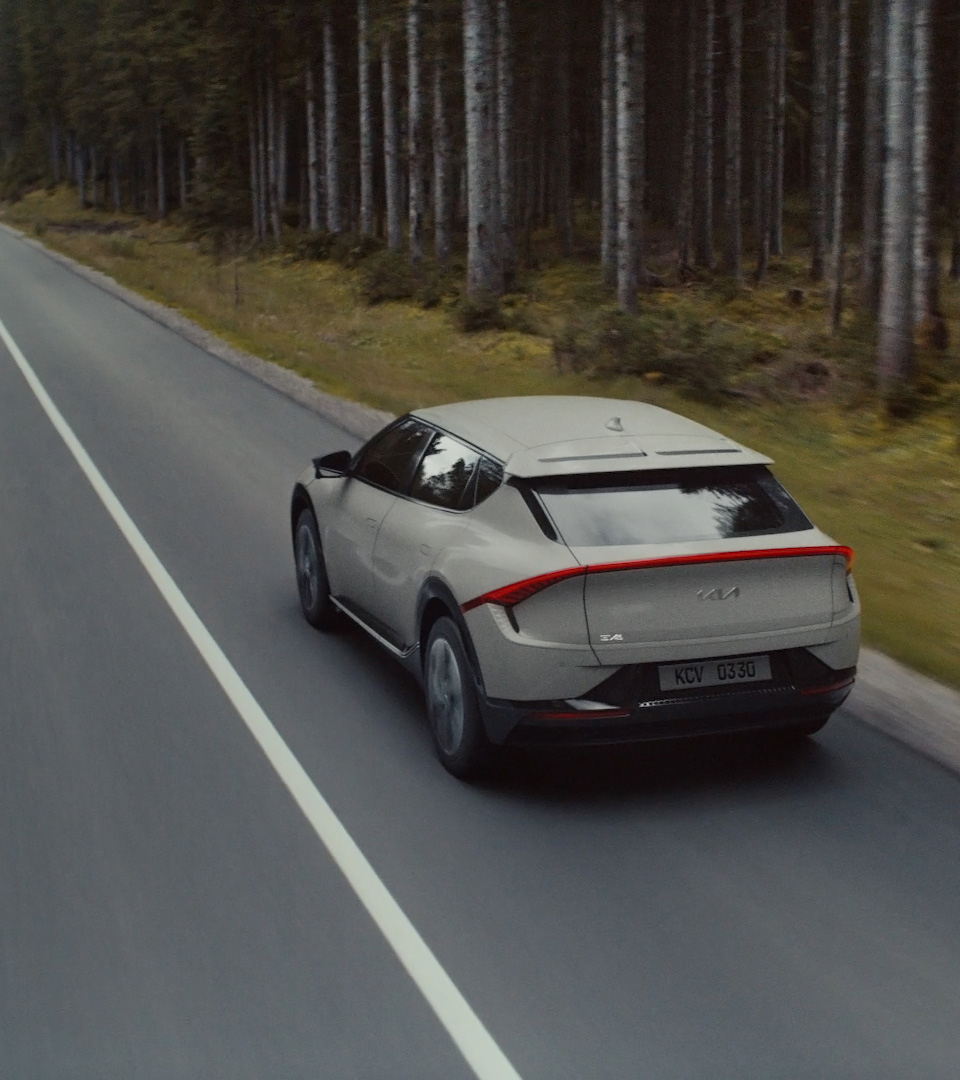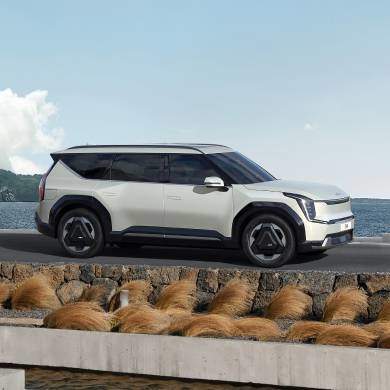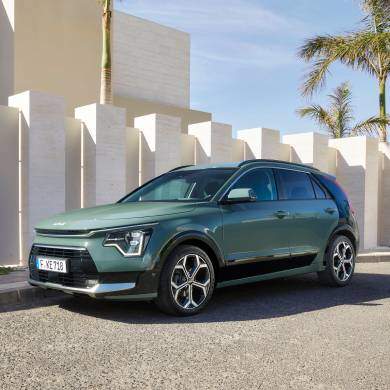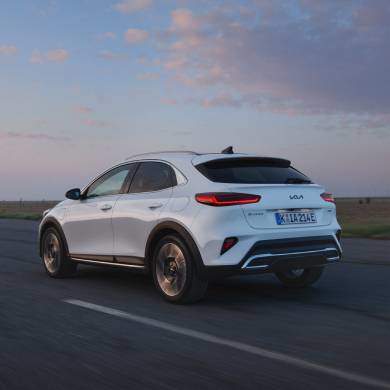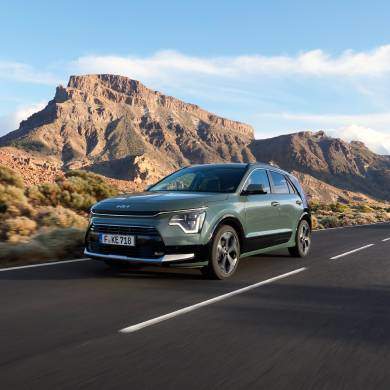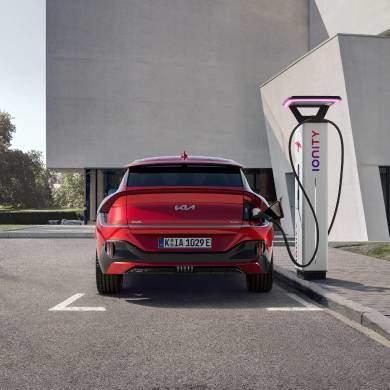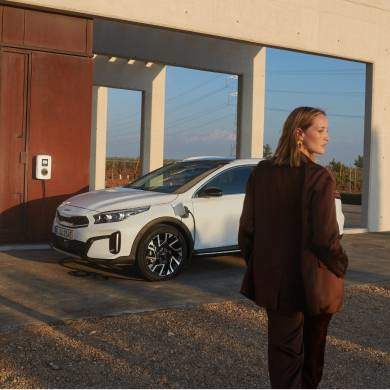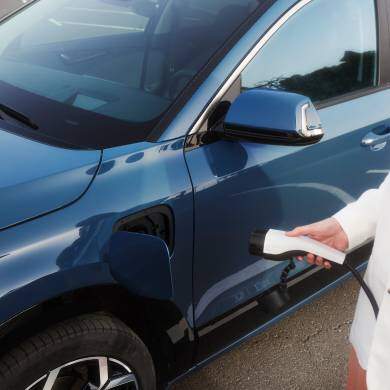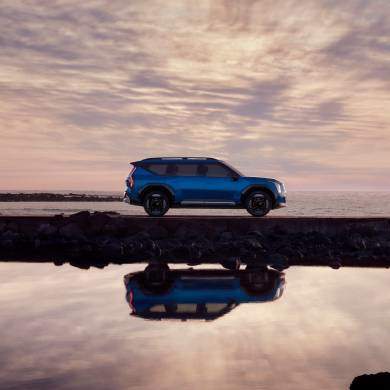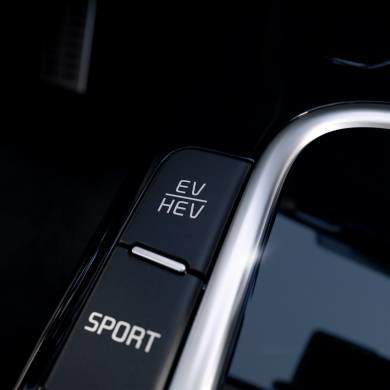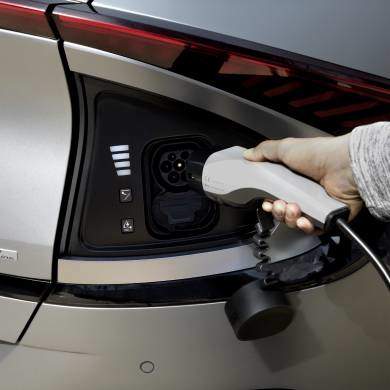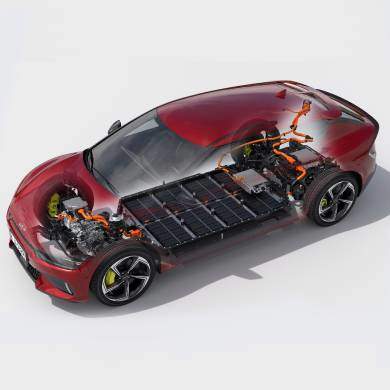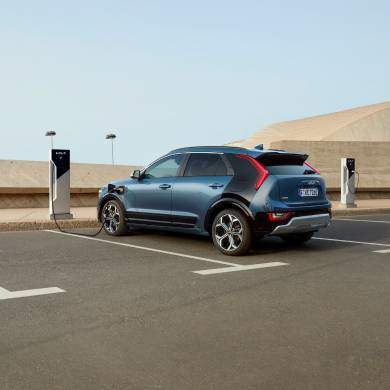- The Kia EV6 World Premiere
- EV6, Kia’s First Dedicated Electric Vehicle
- The Kia EV6: Source of inspiration
- EV6, Kia’s first dedicated EV built on the Electric-Global Modular Platform (E-GMP)
- Space Innovation
- Panoramic Curved Display (12.3” cluster + 12.3” AVN)
- Sustainable Materials
- Augmented Reality Head-Up Display
- Ultra Fast Charging
- 528km Driving Range
- Convenient power supply for your activities
- Towing capacity up to 1,600kg
- Electrify your future.
- What is an electric vehicle?
- What is a hybrid vehicle?
- What is a plug-in-hybrid vehicle?
- Everything you need to know, answered.
- 1
- 2
- 3
- 4
- 5
- 1. What is the range of an electric car? (1)
- 2. Where and how is an electric car charged?
- 3. How long does it take to charge an electric car?
- 4. How much does it cost to charge an electric car?
- 5. How much does an electric car cost?
- 6
- 7
- 8
- 9
- 10
- 6. What’s the warranty for Kia electric cars?
- 7. What’s the difference between EV and HEV?
- 8. What are the different methods of charging an electric vehicle?
- 9. Do electric cars require a lot of maintenance?
- 10. How extensive is the electric vehicle charging network?
- Charging times by model:
The Kia EV6 World Premiere
Take your customized EV6 for a fully interactive VR driving experience.
“It’s an XC60-sized electric family car that, in GT guise,
will outrun a Lamborghini Urus”
“If the Stinger sports sedan helped change the way you look at Kia, just wait till you see the mess the new EV6 makes of some of the biggest names in European supercar history.”
EV6, Kia’s First Dedicated Electric Vehicle
* All information (images, figures, etc.) on this website may vary by country. Final local trim configuration will be unveiled soon.
The figures for all electric range reflect the expected results under WLTP and are pending homologation prior to final confirmation.
Charging speed and motor performance figures refer to Kia test results, final figures will be communicated at a later stage.
* 3.5sec. for 0-100km/h is the expected acceleration performance for EV6 GT version.
The Kia EV6: Source of inspiration
EV6, Kia’s first dedicated EV built on the
Electric-Global Modular Platform (E-GMP)
First applied to the EV6, Kia’s new electric-global modular platform (E-GMP) allows for a
flat floor which enables diverse interior layouts. Despite the EV6’s compact exterior dimensions,
its 2.9m wheelbase results in a cabin space similar to many mid to large SUVs.
That means more interior room for you and your passengers to enjoy.
Space Innovation
Panoramic Curved Display
(12.3” cluster + 12.3” AVN)
The EV6’s integrated dual curved displays are not only beautiful but offer a truly immersive experience. Their wide high definition design provides clear, unobstructed visibility, while providing intuitive menus and visuals.
Sustainable Materials
The seats are made from recycled PETs, high quality vegan leather or suede, with the overall interior consisting of recycled materials.
Augmented Reality Head-Up Display
The new AR head-up display introduces a virtual display on the windshield to guide you to your destination. It provides all the key information for hassle free & safe trips.
Ultra Fast Charging
The 800V high-speed multi-charging system of the EV6 enables you to find that extra time for things that really matter to you. A quick charge for less than 4.5 minutes would give you 100km of driving range. It takes less than 18 minutes to charge from 10 to 80%.
528km Driving Range
EV6’s 77.4kWh battery can enable up to 528km driving when fully charged. This means less frequent charges and, again, more time to discover your passions. Also available with a 58kWh battery, enough to cover all driving needs.
* Range is based on WLTP
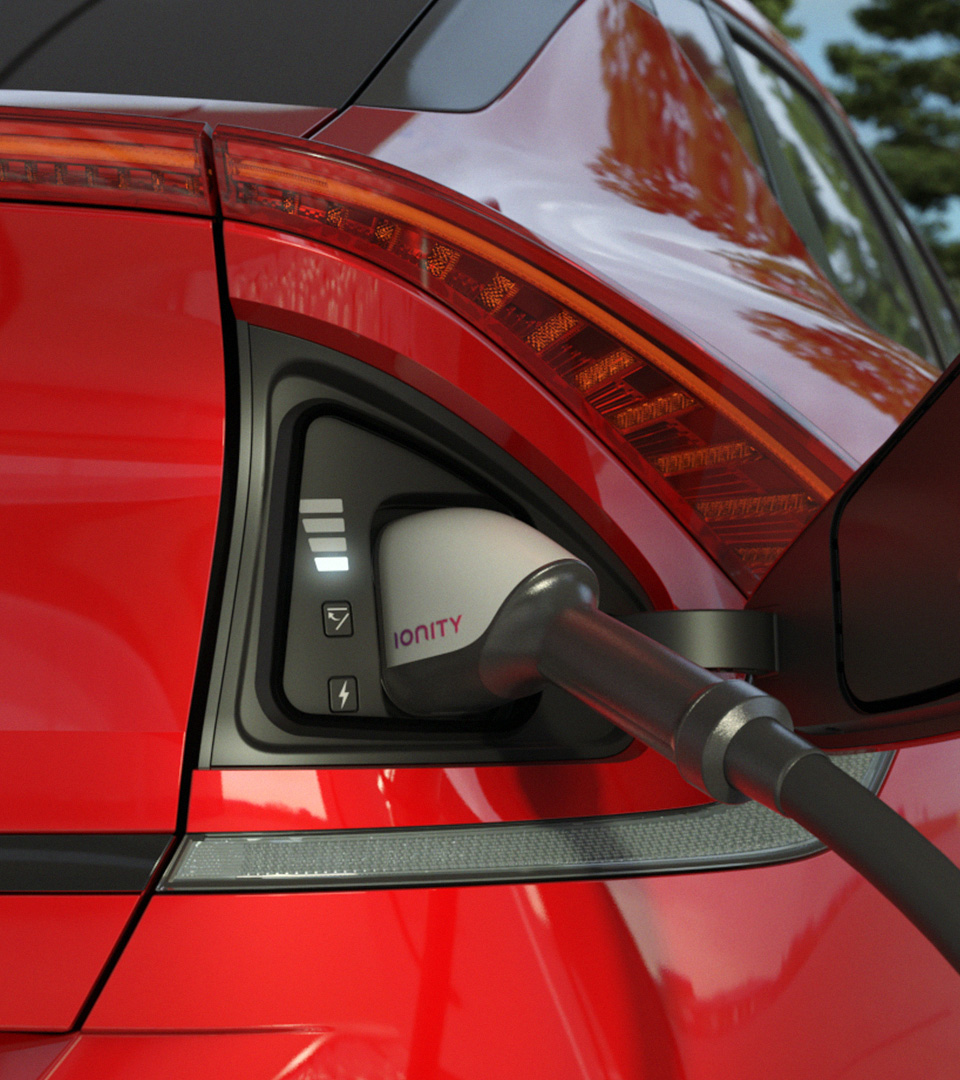
Convenient power supply for your activities
The EV6 is equipped with vehicle-to-load (V2L) function that works as a convenient,
portable electricity supply for your daily life or leisure activities.
It can serve as an emergency power source for your home. In fact, EV6 supplies up to
3.6kW of electricity and it can also work as a portable generator when enjoying the outdoor activities.
Towing capacity up to 1,600kg
Together with its impressive maximum towing capacity of 1,600 kg, you can bring everything you need
on an outdoor adventure with your friends & family and do it all with no emissions of course.
* Figure refers to maximum towing capacity. Towing capacity may vary depending on the battery size and/or the drivetrain selected.
Electrify your future.
Electric vehicles are a compelling choice for a sustainable future. One significant advantage is the environmental impact: electric vehicles reduce air pollution and mitigate climate change. Additionally, Kia’s extensive charging network, including home and public options, ensures convenient and efficient charging.
What is an electric vehicle?
Kia Electric Vehicles (EVs) run on electricity, providing quiet operation, zero emissions, and impressive performance. With advancements like the e-GMP platform, Electric Vehicles (EVs) can effortlessly cover extensive distances and rapidly recharge at an expanding array of public charging stations.
What is a hybrid vehicle?
Hybrid cars (HEV) combine combustion engines with electric motors and batteries to provide efficient power. These vehicles recharge their batteries automatically during deceleration, stopping, or coasting, eliminating the need for external charging.
What is a plug-in-hybrid vehicle?
Also known as PHEV, is a type of car that operates using a combination of electricity and either petrol or diesel. PHEVs are equipped with a spacious battery that can be conveniently recharged through an external outlet, allowing them to achieve an extended electric-only driving range.
Everything you need to know, answered.
1
2
3
4
5
1. What is the range of an electric car? (1)
When it comes to driving an electric car, the range you get can be influenced by several factors, just like with a traditional combustion engine. The size of the battery and your driving style can both play a significant role in determining your overall range. Driving on the motorway impacts your driving range: lowering your speed can even save you from stopping for a charge, making your overall trip quicker. With Kia Connect (2) app, you can pre-condition your cabin to create the energy saving environment and make sure air conditioning and other electronic equipment won’t put additional strain on your battery.
2. Where and how is an electric car charged?
When it comes to charging your electric vehicle, you have plenty of options for where you can do this – depending on what fits in most conveniently with your daily routine and suits your needs at any given time. In fact, as you’ll either be charging at home, your place of work, or a charging station nearby, you won’t have to drive far out of your way – as is often the case with refueling at a gas station. You also have options when it comes to how fast you charge. And although there are various charging and connector types that may seem a little confusing at first, the actual process of plugging in an Electric Vehicle (EV) to charge is as quick and simple as charging up your mobile phone.
3. How long does it take to charge an electric car?
Considering the variety of electric cars and charging stations out there, it probably won’t surprise you to learn that the time involved in Electric Vehicle (EV) charging can vary too. Overall charging time will depend on your electric vehicle specification and the charging mode you use. The period an electric car’s battery will take to recharge is determined by how many kilowatts (kW) the charging station can provide and how many your car can accept. The higher the battery wattage, the faster your electric vehicle will be charged up. Once you know the charging types of your electric vehicle offers, you can then choose between them – depending e.g., whether you have plenty of time on your hands or are in a hurry and just need a quick battery top-up.
4. How much does it cost to charge an electric car?
Charging an electric car is surprisingly cheap. While the cost of charging varies dramatically, depending on factors such as your location, electricity rates, and the charging method you use, it offers a more sustainable and environmentally friendly alternative to conventional fuel-powered vehicles.
5. How much does an electric car cost?
What is the cheapest electric vehicle on the market? And how affordable are Electric Vehicles (EVs) in general? In summary, the cost of buying an electric car depends on many factors – including the make, model, and battery size, in addition to any government grants and tax breaks that might exist where you live. And that’s not the whole story: the cost of ownership in the long run can also create a considerable “payback effect” for EV owners.
6
7
8
9
10
6. What’s the warranty for Kia electric cars?
Kia warranty covers 7 years or 150,000 km, whichever comes first, in EU member states (plus Norway, Switzerland, Iceland & Gibraltar). Deviations for battery, paint, and equipment are subject to local terms. Kia’s high-voltage lithium-ion batteries in EVs, HEVs, and PHEVs have a warranty of 7 years or 150,000 km. Low-voltage batteries in MHEVs have a 2-year warranty regardless of mileage. EVs and PHEVs have a 70% battery capacity guarantee, while warranty doesn’t cover capacity reduction in HEVs and MHEVs. See operating instructions for counteracting capacity reduction.
7. What’s the difference between EV and HEV?
EVs, or Electric Vehicles, are fully electric and solely rely on an electric motor and a large battery pack for power. They produce zero tailpipe emissions and require external charging. On the other hand, HEVs, or Hybrid Electric Vehicles, combine an internal combustion engine with an electric motor and a small battery pack. They do not need external charging and can operate in electric-only mode for short distances.
8. What are the different methods of charging an electric vehicle?
There are essentially two options available to you – charging your EV at home using your own domestic mains electricity supply or making use of public charging stations. This will affect the types (and speeds) of charging available to you. There are three categories or types of charging: Trickle Charge, AC Charge and DC Charge. Trickle Charge is a slow home charging method using a standard 220V plug. It charges about 65 km in 5 hours (overnight) or 200 km in 14 hours. It’s for urgent situations. Use with caution due to potential electricity bill and load issues. Consult your electricity provider before using. Consider an ICCB cable for reliability and peace of mind. AC Household Charging is the most common and recommendable home charging option. By having a Wallbox installed at your home, you can charge your EV approx. 3-4 faster than using Trickle Charge. AC Public Charging is also available, which is much faster again, although most public charging stations use DC Fast Charging. DC Fast Charging is the fastest way to charge your EV, providing power from 50kW and above. Using this method, you can top up your battery from 20 to 80% in approx. 40 minutes.
9. Do electric cars require a lot of maintenance?
Electric vehicles require considerably less maintenance than fuel-powered cars. That’s mostly because their “inner workings” are a lot simpler in many ways. While an electric motor in an Electric Vehicle (EV) contains perhaps slightly more than a dozen moving parts, a conventional combustion engine typically has hundreds of moving parts. And the fewer the parts in an Electric Vehicle (EV), the less that can go wrong. This lower maintenance may mean fewer servicing costs and less hassle. An Electric Vehicle (EV) also has fewer fluids that need to be changed or topped up on a regular basis. And thanks to regenerative braking, brake systems on Electric Vehicles (EVs) usually last longer than on conventional vehicles too as they enjoy extended brake wear intervals. Batteries in electric cars, just like in ICE vehicles, don’t last forever, but many electric car manufacturers provide warranties that cover the battery and all other components for a period of many years. With Kia Electric Vehicles, your car and its battery are even covered by a 7-year warranty (1) for full peace of mind throughout this period. You must however arrange an annual scheduled check-up for your Electric Vehicle (EV) for minor maintenance to its electrical systems, to make sure your electric car stays in top working condition for longer.
10. How extensive is the electric vehicle charging network?
While the density of charging stations varies from market to market, one thing is for sure: Europe’s electric vehicle charging network is growing all the time – with an ever-denser infrastructure of public charging stations popping up at shopping centers, car parks, places of work and motorway service stations across the continent. And with the growing demand for car charging points, and given the impact of innovation and technology, this Electric Vehicle (EV) charging infrastructure is set to continue expanding and improving in the future. For more details about our charging network (DCS network of over 500,000+) visit our Public Charging page. And what’s more: All Kia Electrified Vehicles offer Kia Live Services provided by TomTom® (2) with a Parking Space and EV Charging Station Finder Map that conveniently guide you to the nearest charging station, wherever you happen to be in Europe. If you’re interested to find the nearest charging stations in your local area, or if you’re planning a longer trip and want to know where the charging points are on your route, it is quick and easy to find out with our Charging Station Finder Map.
Charging times by model:
Electric car charging times (3) vary based on the vehicle and charging station. The time it takes to recharge depends on the kilowatt capacity of the station and your car’s acceptance. Higher battery wattage often charges EVs faster.
